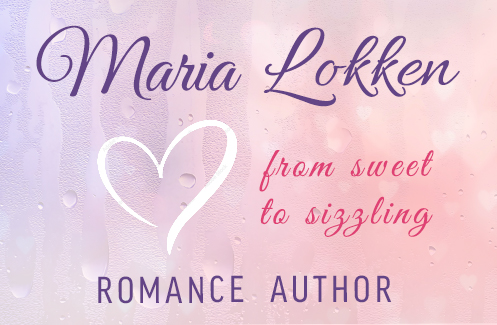Let’s have a heart-to-heart about that deceptively misnamed monster: the “first draft.” It’s cute how we all pretend the first draft is an actual thing and not just a word soup we spill onto paper.
My first draft is just me chucking my story down—like a toddler with a new paint set. Everywhere. On everything. And then proudly presenting it like it’s a masterpiece by Mark Rothko. Nope. Sorry. It’s just a bunch of words that begin to tell a story. And that’s not nothing. It’s hard to get a beginning, middle, and end on paper. So, if you’ve completed the first draft of your manuscript – take the win. Pat yourself on the back. Go out for a drink or an ice cream cone, whatever floats your boat. And then get back to work. The first draft is just the beginning.
But oh, then comes the second draft, which I lovingly refer to as the “What Was I Even Thinking” phase. You’d be surprised at how much of my initial brilliance I tossed out during this time. Oh, those darling plot points that seemed so pivotal. Gone. That character who had a full arc and backstory? Deleted because, frankly, they were as exciting as beige wallpaper. By the end of this massacre, err, I mean “revision,” I at least have a semblance of where my story and characters are headed. And by “semblance,” I mean I’m only 40% lost as opposed to 95%.

Now that the big stuff is sorted, it’s all about revising. And revising. And, oh, did I mention revising? Because, in case no one’s whispered it into your ear, writing is basically 10% actual writing and 90% revising. (Don’t quote me on the math.)
Enter the heroes of our story: “Seven Drafts: Self Edit Like a Pro” by Allison Williams and “Manuscript Makeover” by Elizabeth Lyon. These aren’t just books; they’re lifeboats in the tempestuous sea of revision. If the first draft is the act of a toddler with paint, these books are the equivalent of giving that toddler some direction, structure, and maybe a paint-by-number guide. In short, they’re lifesavers every author should clutch as they navigate the stormy waters of revision.

Do I always get it right after seven drafts? Ha! Cute thought. But at least by then, I have something more than word soup and toddler-like chaos.
Embrace the chaos, then clean it up. And for the love of all things literary, get those books. Your manuscript will thank you.
And remember: every great work of art starts as a hot mess. But with the right tools and maybe seven (or seventy) drafts, we can all achieve literary greatness. Happy revising!



